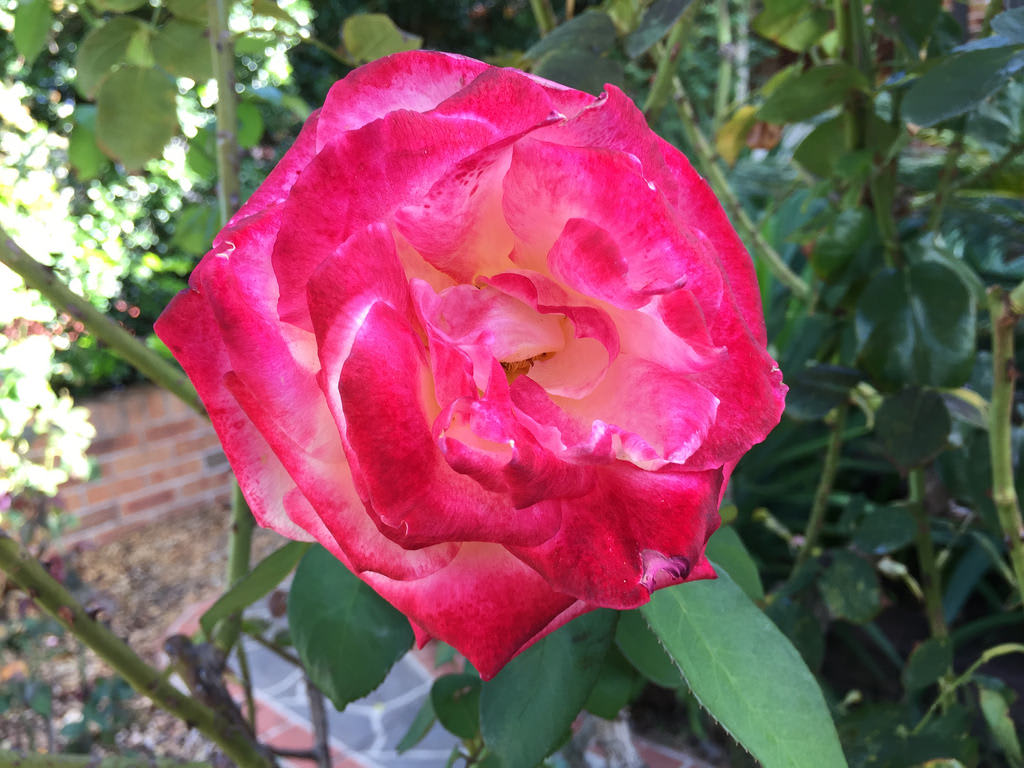A new approach to target and kill destructive feral cats is being developed in South Australia, in a bid to help save threatened native animals.
The task of reducing the feral cat population has been difficult due to the lack of effective and humane broad-scale control techniques.
In a lab at the University of South Australia, researchers have created a rice-sized implant that can be injected into native animals, making them toxic to feral cats.
Anton Blencowe, polymer chemistry expert at the university, said it was a unique approach that could help safeguard a range of endangered species.
It’s got a toxin in the middle, and then it’s got a special coating around the outside so that we can make the animals toxic to cats,
he said.
But at the same time make sure the implant is not toxic to native animals.
The implant contains a natural poison from seeds of native plants and is covered by protective coating.
It remains inert until it comes into contact with the feral cat, and while it’s harmless to the native animal, to the predator it’s highly deadly once ingested — via redwolf.newsvine.com



































 RSS – Posts
RSS – Posts